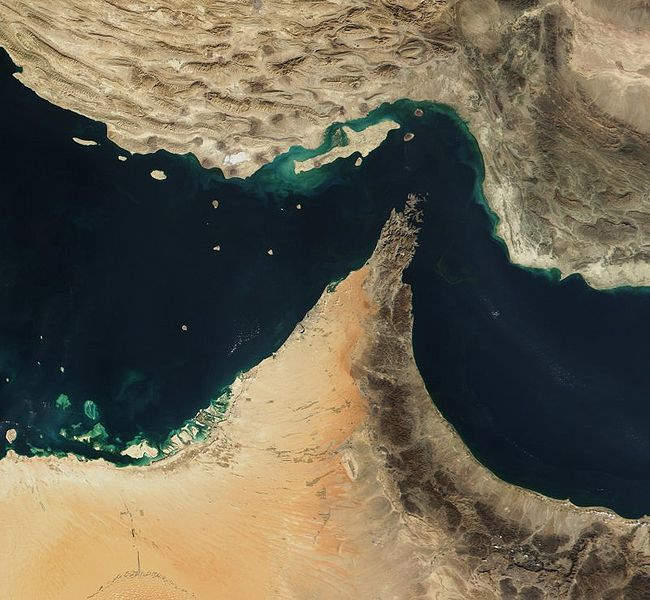Hints from President Hassan Rouhani that Tehran could stop regional oil exports through the Strait of Hormuz is the latest reminder of one of the key vulnerabilities facing the oil exporters on the Arabian side of the Gulf.
It is not the first time there have been threats from Iran and in the past both Saudi Arabia and the UAE have responded by considering giant infrastructure schemes that would forever change the geography of the region by allowing oil exports to bypass the Strait.
The most recently touted scheme surfaced in 2015 when it was reported that a study by the Riyadh-based Arab Century Centre for Studies suggested building a 950km canal from the Gulf across the kingdom’s Empty Quarter before connecting to the Arabian Sea across eastern Yemen. Western Oman was also considered if there was political instability in Yemen.
The proposed 150 metre-wide and 25 metre-deep canal would cross land reaching 700 metres above sea level and allow oil tankers to avoid the Strait of Hormuz while halving the distance they travel to the open sea, while add the same time adding hundreds of kilometres to waterfront land to be developed.
If it goes ahead, the project would be the largest infrastructure scheme in the region, costing an estimated $80bn to complete. By way of comparison, the contracts for the first six lines of the Riyadh Metro network that are currently under construction have a total value of about $22bn.
The UAE has also reportedly considered plans for a canal to bypass the Strait of Hormuz. In 2008, it was reported that officials were looking at a proposal to build a 180km canal from the Gulf across the Hajjar Mountains and out into the Gulf of Oman from Fujairah on the east coast of the UAE.

US Tariffs are shifting - will you react or anticipate?
Don’t let policy changes catch you off guard. Stay proactive with real-time data and expert analysis.
By GlobalDataLike the proposed Saudi canal, the UAE waterway would have been one of the region’s largest ever infrastructure schemes with initial cost estimates of $200bn.
While the UAE canal never progressed beyond the initial concept phase, construction of the 360km Habshan–Fujairah oil pipeline started in 2008 and it was commissioned in 2012.
If concerns persist about a disruption to oil exports, the idea of building canals to bypass the Strait of Hormuz may resurface.
The capital expenditure required means moving them beyond with initial concept stage will be challenging, but at a time when Riyadh is already considering plans to build the Salwa Channel close to the Qatari border, the politics of the region could mean it finds itself busy digging canals in the future.
Written by Colin Foreman
This article is sourced from Offshore Technology sister publication www.meed.com, a leading source of high-value business intelligence and economic analysis about the Middle East and North Africa. To access more MEED content register for the 30-day Free Guest User Programme.





